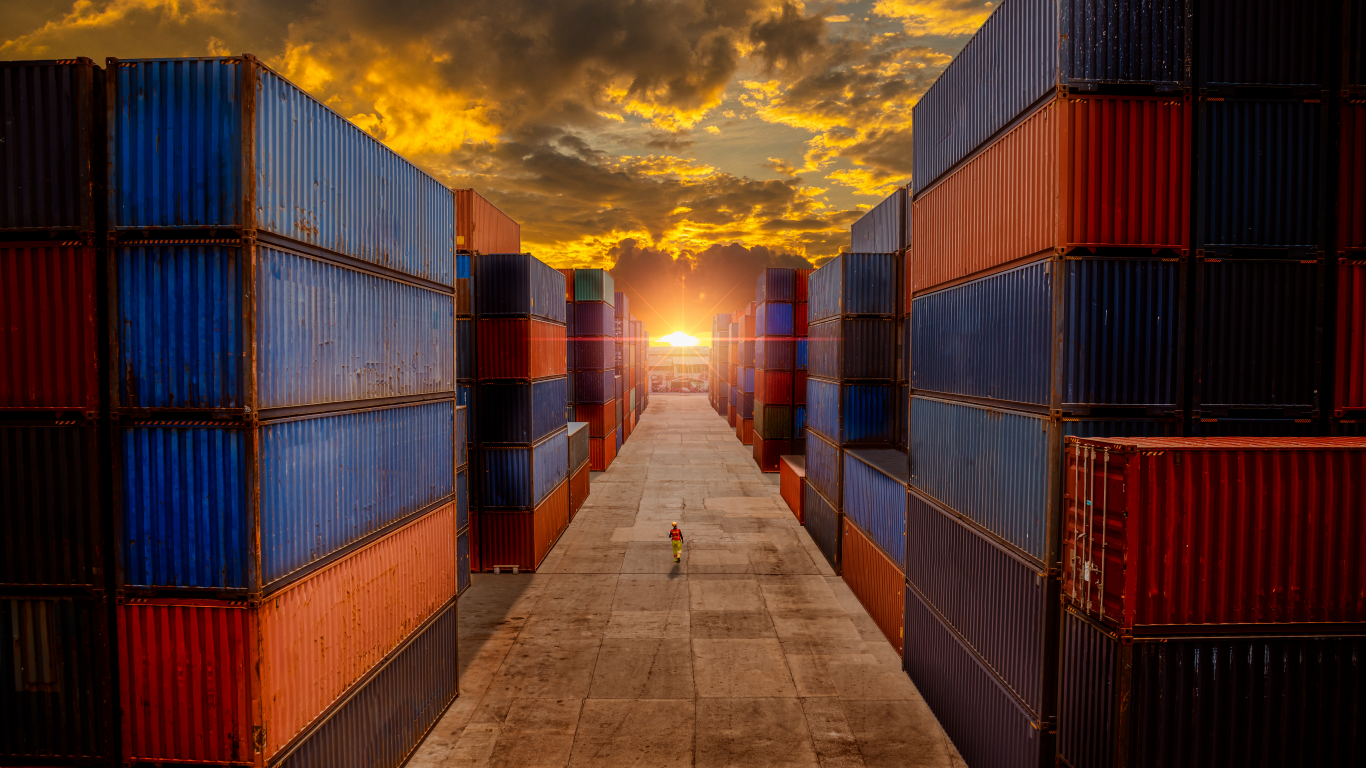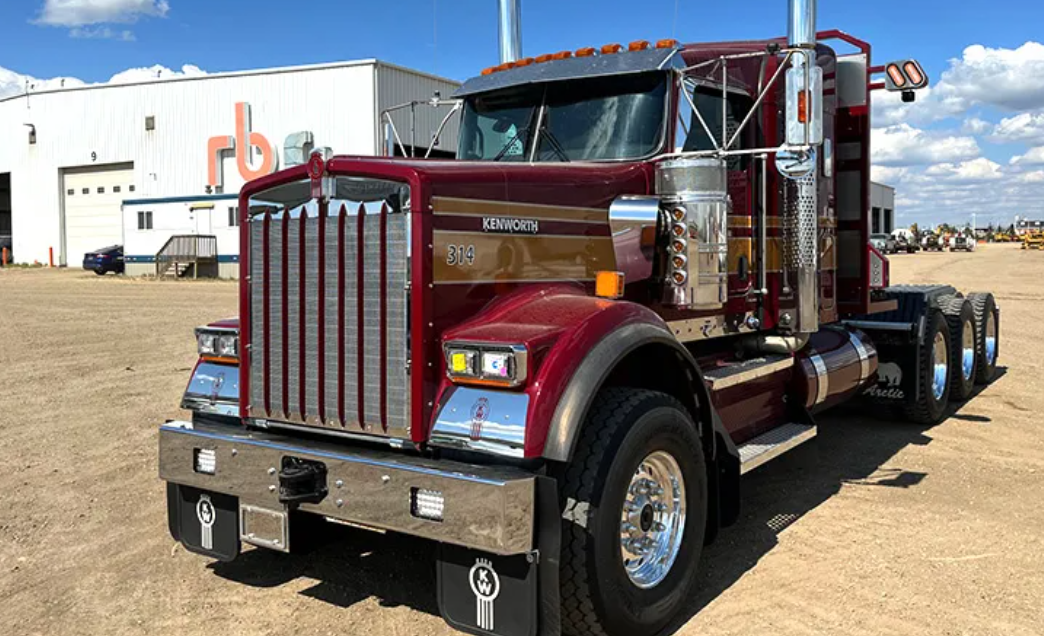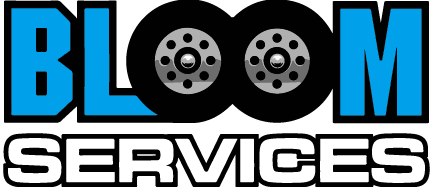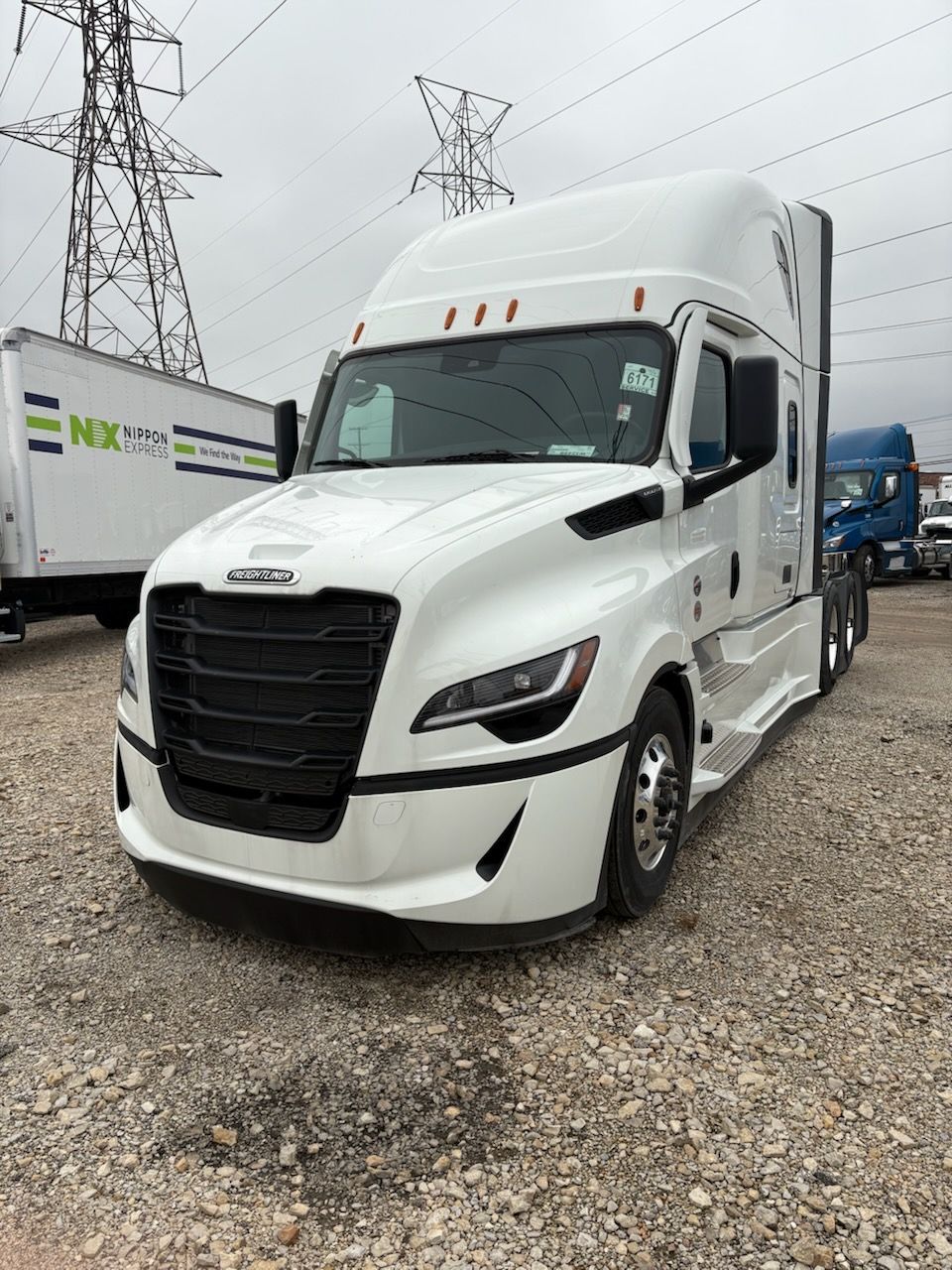The Importance of Trucking to the Supply Chain
Share this Article:
WRITTEN BY: BLOOM SERVICES

Trucking is an essential part of the supply chain, connecting businesses and consumers across the country and around the world. Without trucking, the transportation of goods would slow down, and the economy would be severely impacted. In this article, we’ll explore the importance of trucking in the supply chain and how it keeps the economy moving.
Trucking is the Backbone of the Supply Chain
First and foremost, trucking is the backbone of the supply chain, as it is responsible for the transportation of goods from the manufacturer to the distributor and ultimately to the consumer. The trucking industry plays a crucial role in the delivery of essential goods such as food, medical supplies, and fuel. Without trucking, the supply chain would grind to a halt, and businesses would struggle to meet the demands of their customers.
Trucking Creates Jobs and Opportunities
In addition, trucking helps to keep the economy moving by creating jobs and providing opportunities for small businesses. The trucking industry employs millions of people across the country, including drivers, mechanics, and support staff. Small trucking businesses also play a vital role in the industry, providing vital services to larger companies and connecting businesses in remote areas with the rest of the country.
Trucking Helps Keep Pricing Low
Furthermore, trucking also helps to keep prices low for consumers. By efficiently transporting goods, trucking companies are able to keep costs down, which is passed on to the consumer in the form of lower prices. This is especially important for businesses that rely on just-in-time delivery, as trucking companies are able to quickly and efficiently transport goods, allowing businesses to keep inventory levels low and costs down.
Trucking Breeds Innovation
Lastly, trucking also helps to reduce the environmental impact of transportation. Trucking companies are continually investing in new technologies and practices to reduce emissions and improve fuel efficiency. This not only helps to protect the environment but also helps to keep costs down for businesses and consumers.
Trucking is an essential part of the supply chain, connecting businesses and consumers across the country and around the world. Without trucking, the transportation of goods would be slowed down, and the economy would be severely impacted. Trucking helps to keep the economy moving by creating jobs, providing opportunities for small businesses, keeping prices low for consumers, and reducing the environmental impact of transportation.
Bloom Services, Inc
Here at Bloom, we provide Freightliner Cascadias on our Rental and Lease-Purchase Program. They come equipped with powerful inverters, fridges, and an HVAC system that does not require the truck to idle. The Freightliner is one of the most fuel-efficient trucks on the road. If you have a Class A CDL and two years of experience, Bloom Services hires OTR truckers. Our drivers take home $3,000 + a week after all expenses.



